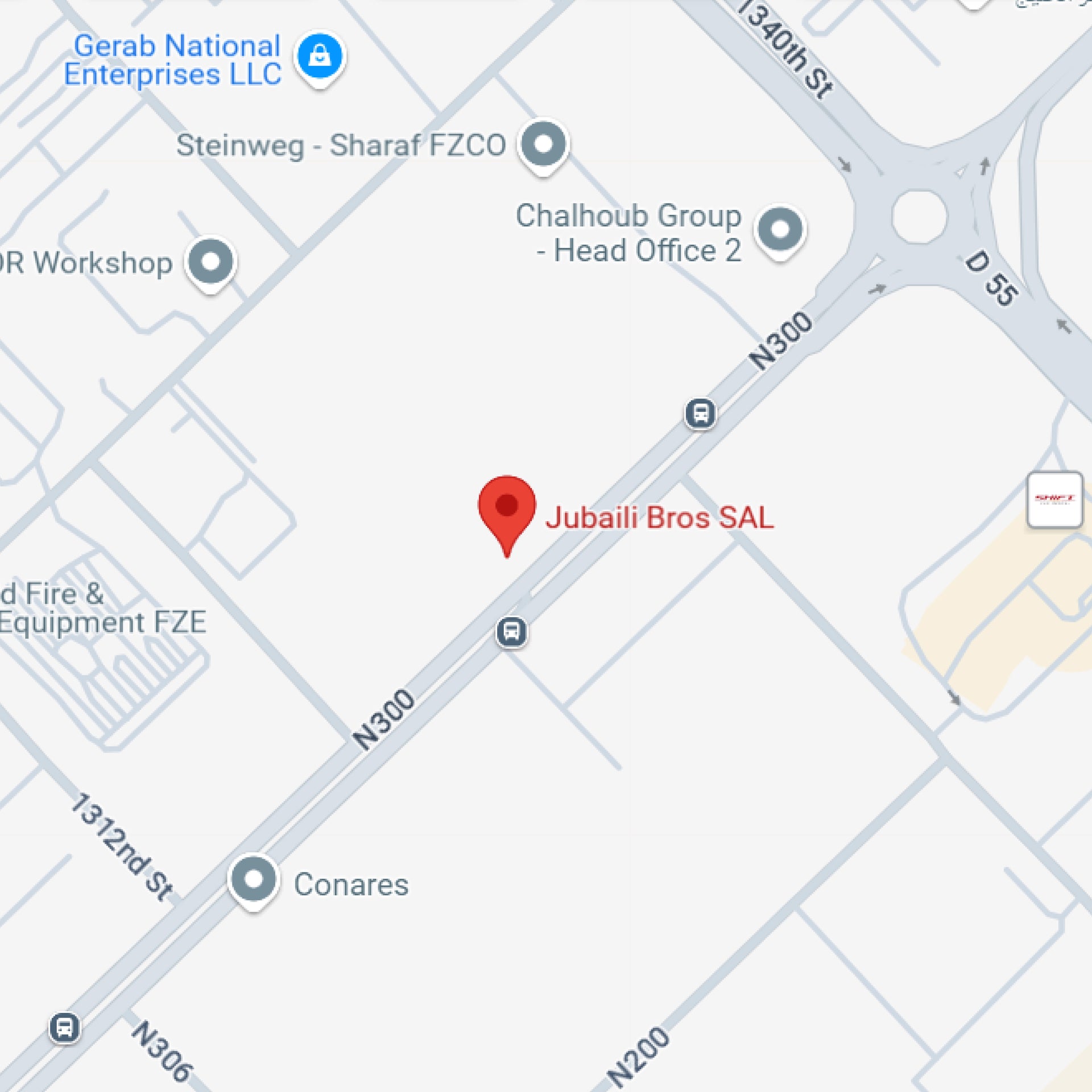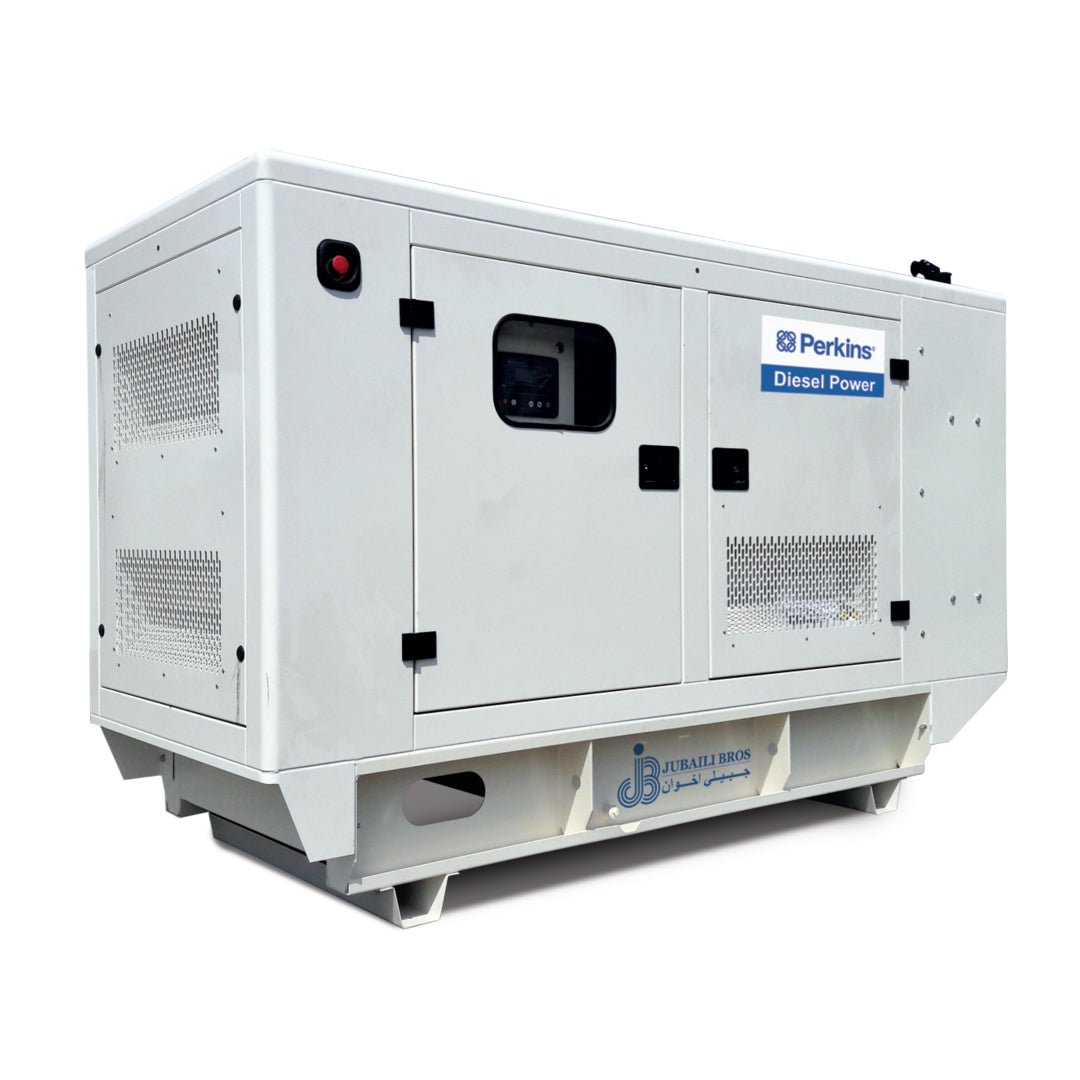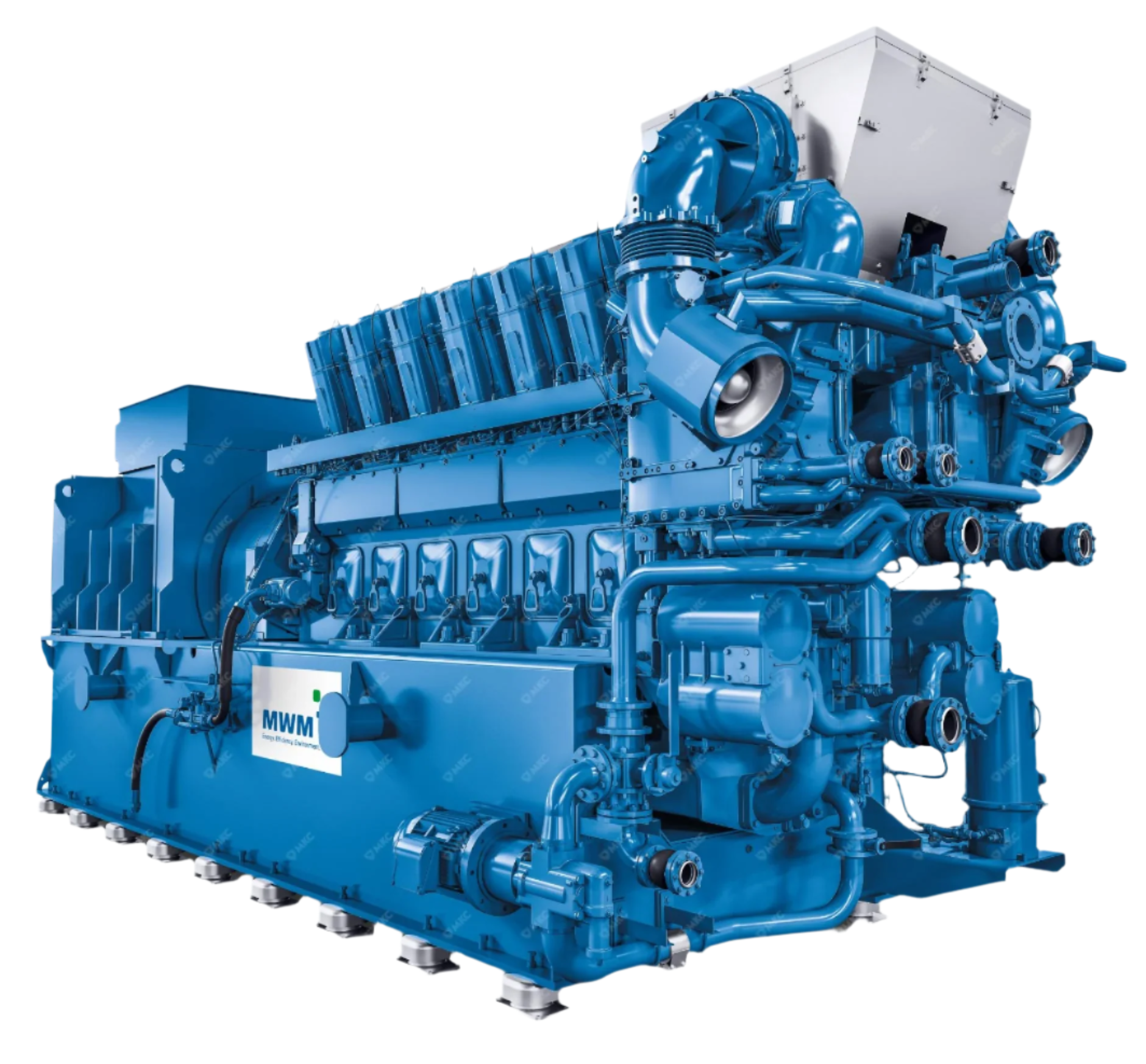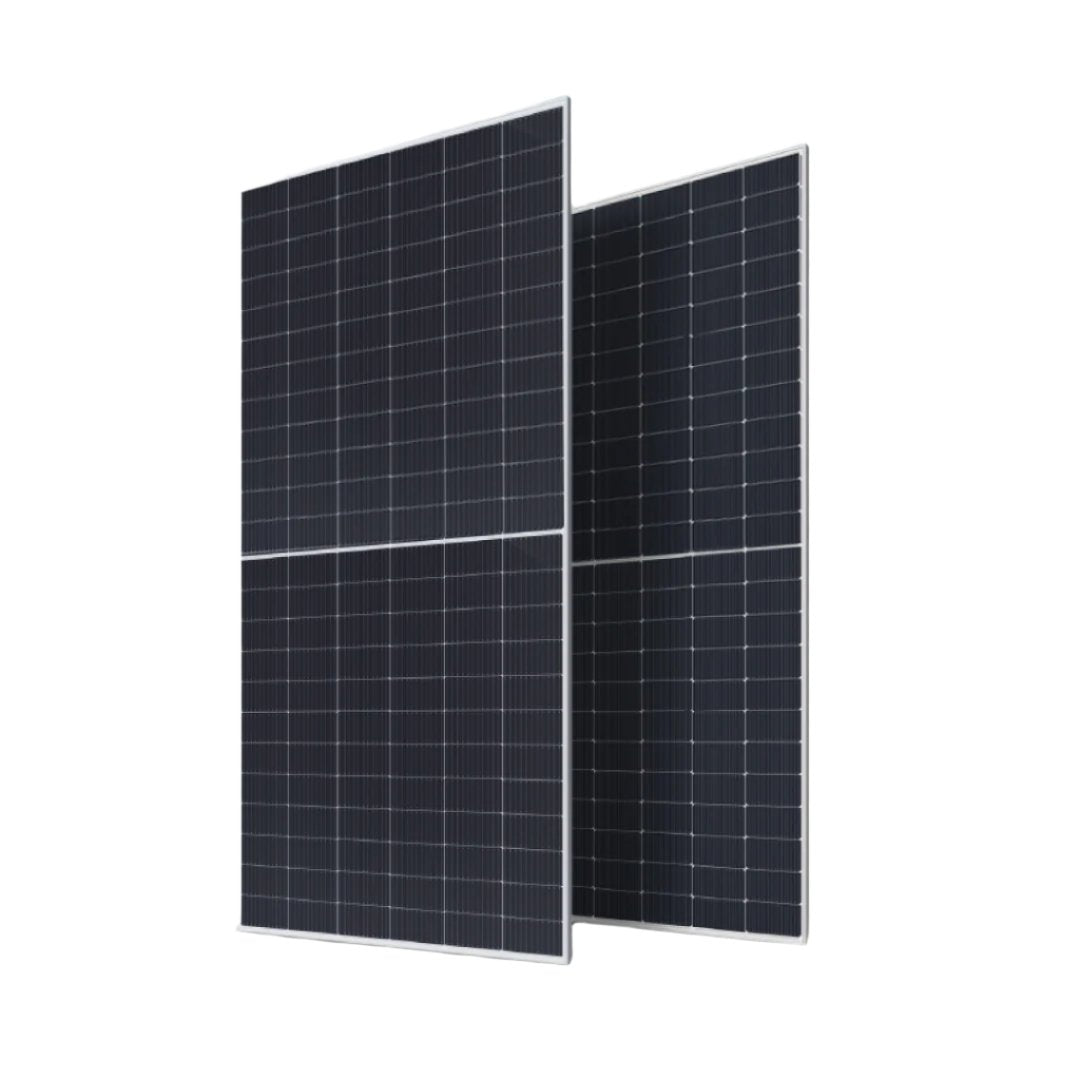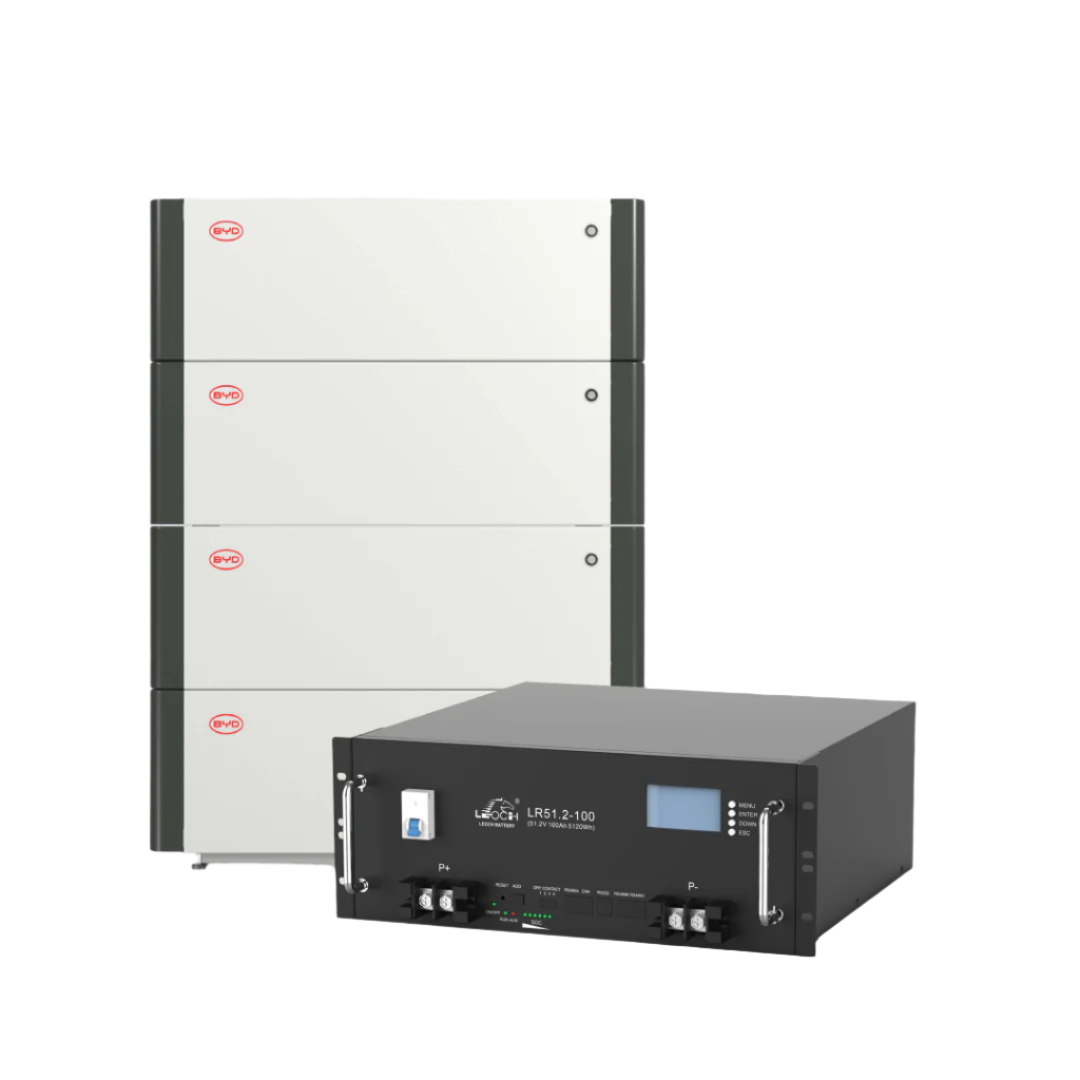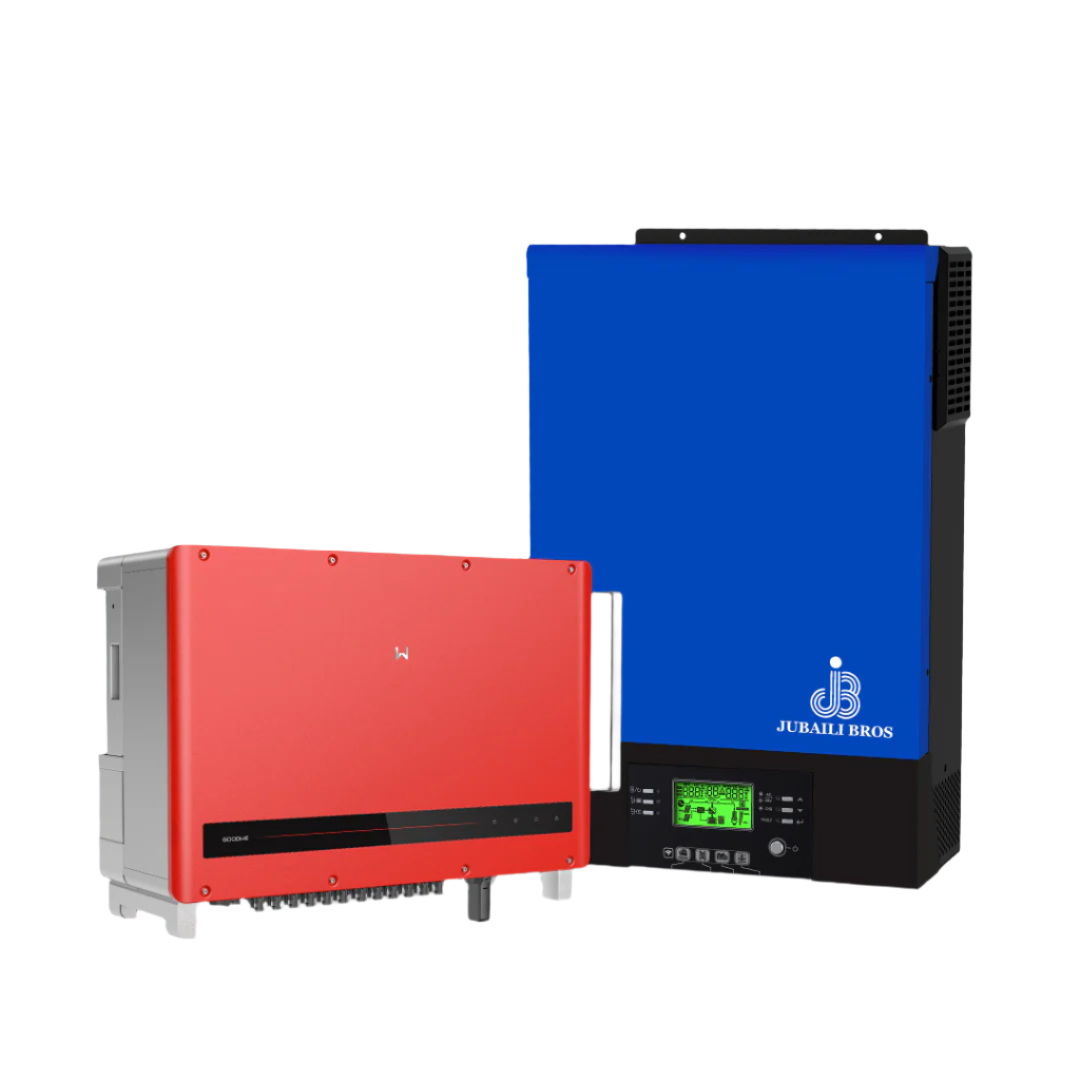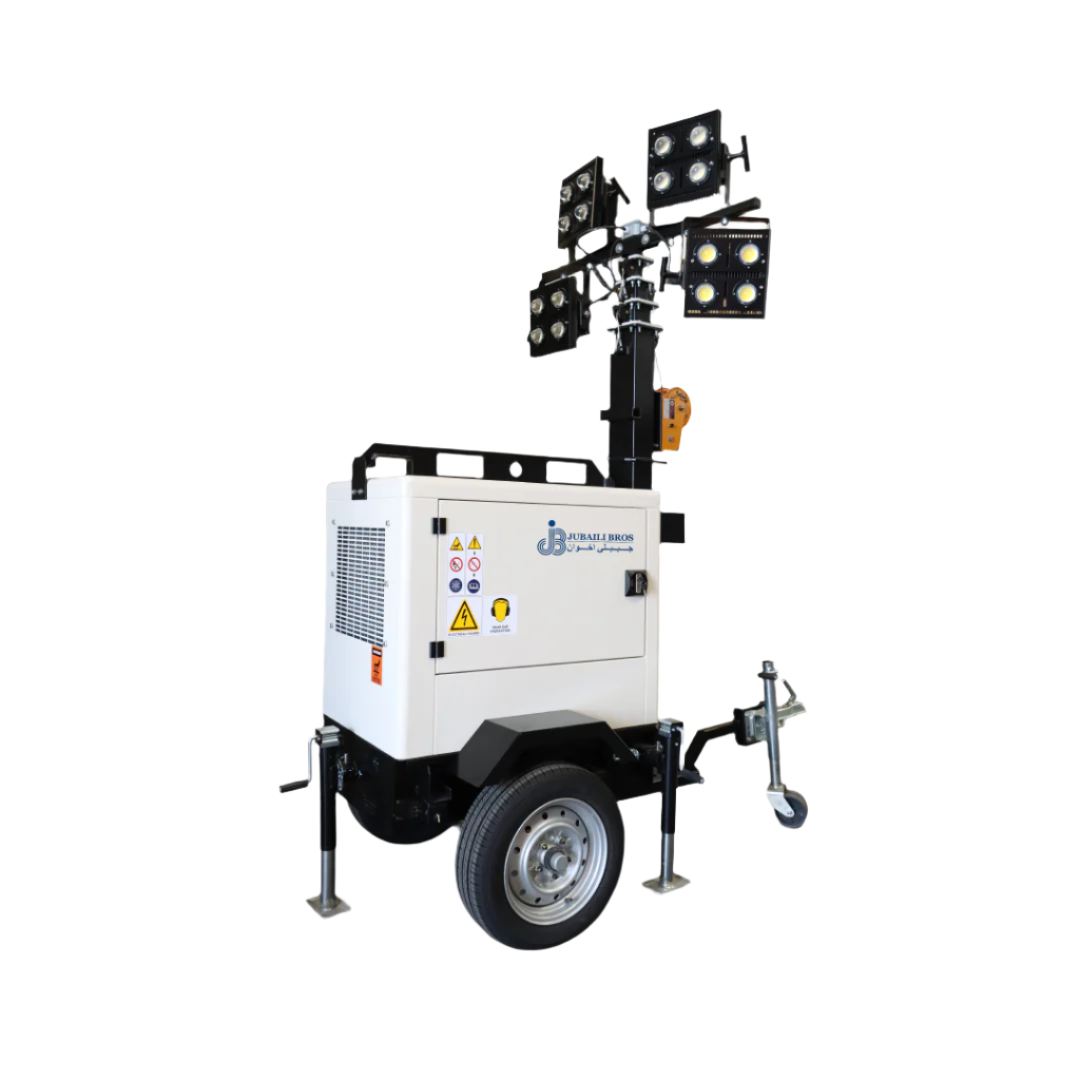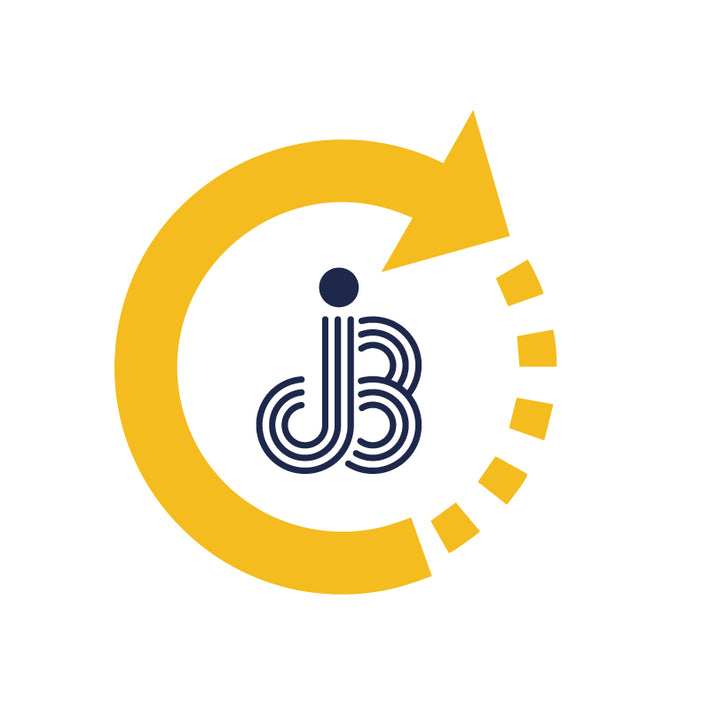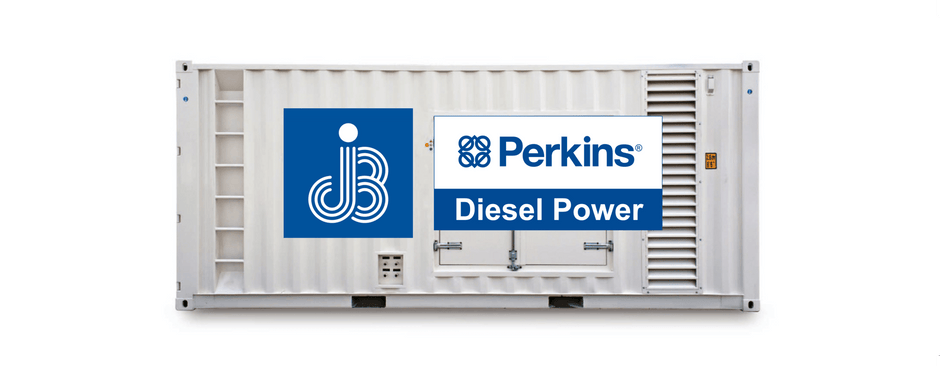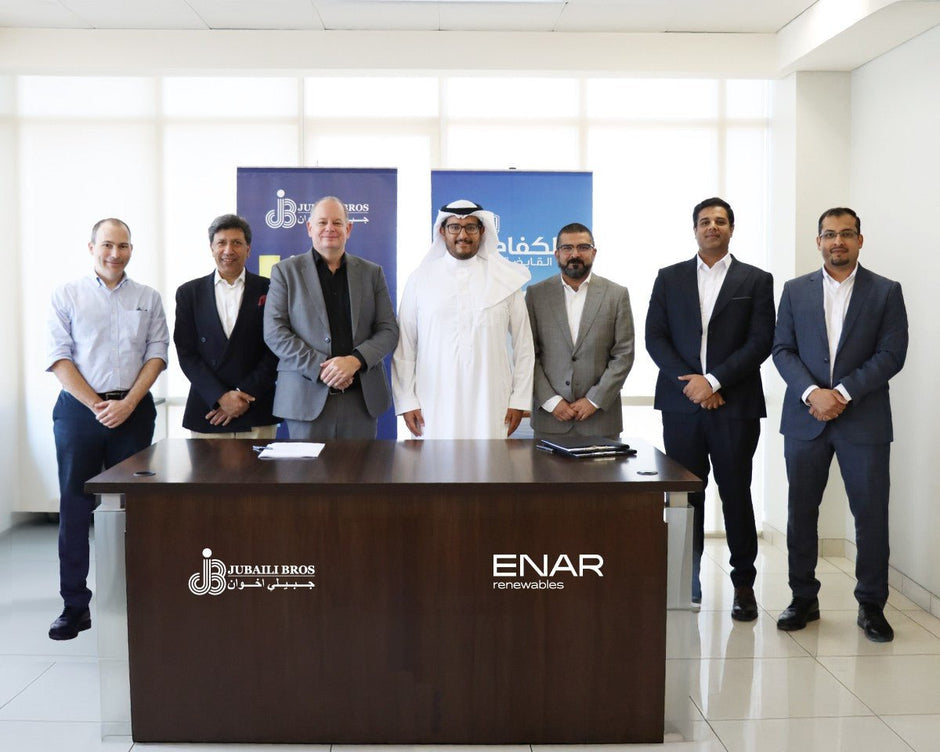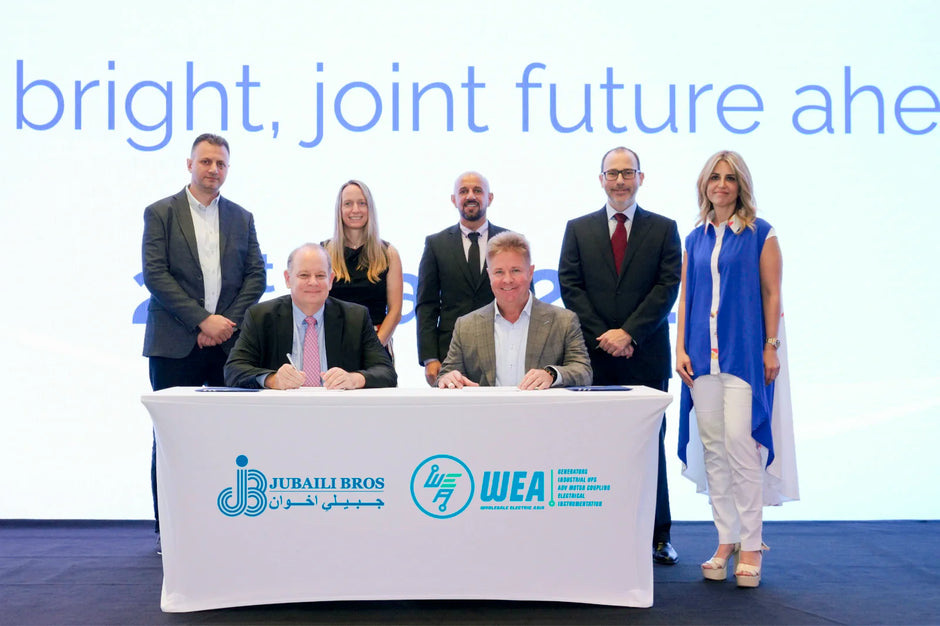The excitation system is the heartbeat of an AC alternator. It delivers the DC current that energizes the rotor field, enabling the generator to build and maintain output voltage under dynamic load conditions. Jubaili Bros offers four proven excitation topologies—Shunt, AREP, PMG, and AREP+—each with distinct advantages in terms of voltage stability, short-circuit response, and compatibility with non-linear loads. This article explains how each system works, where it performs best, and what to consider during commissioning and maintenance.
Why Excitation Choice Matters
Generators must handle sudden load surges—such as motor starts or downstream faults—without losing voltage. During these transients, alternators may be called on to deliver up to 300 % rated current for several seconds. If the excitation collapses, the generator cannot recover. Advanced excitation systems ensure the AVR continues to function even when stator voltage dips sharply, maintaining field strength and restoring output quickly.
Shunt Excitation
- Principle: The AVR draws power directly from the main stator phase-to-phase voltage.
- Advantages: Simple, cost-effective, and suitable for basic applications. Automatic voltage build-up is inherent.
- Limitations: Sensitive to voltage sags and waveform distortion. Short-circuit capability is limited to approximately 100 % of rated current.
- Best For: Small sets under 250 kVA serving linear loads where motor inrush is minimal.
AREP (Auxiliary Winding) System
AREP systems introduce two auxiliary windings—H1 (voltage-derived) and H3 (current-derived)—embedded in the stator. These windings supply the AVR with rectified DC power that is less affected by main winding voltage dips or waveform distortion.
- Transient Performance: Up to 300 % short-circuit current for 10 seconds (LSA series).
- Motor Starting: Improved response compared to shunt excitation.
- Physical Fit: No external components required; fits standard frame sizes.
PMG (Permanent Magnet Generator)
A dedicated 3-phase permanent-magnet alternator is mounted on the alternator shaft to power the AVR independently of main output voltage. PMG excitation provides excellent fault ride-through and fast voltage recovery.
- Response: Voltage recovery typically within 250 ms for a 60 % load step.
- Load Handling: Ideal for large motor starts and UPS systems with high inrush.
- Trade-Off: Slightly higher cost and alternator length, but preferred for high-performance applications.
AREP+ – Hybrid Excitation Enhancement
AREP+ combines traditional AREP auxiliary windings with permanent magnet inserts on the exciter stator. This hybrid approach enhances field current under heavy load, improving transient response and boosting starting kVA by up to 30 %.
Performance Comparison
| Feature | Shunt | AREP | PMG | AREP+ |
|---|---|---|---|---|
| Voltage dip immunity | Low | Medium | High | High |
| Short-circuit support (10 s) | 1 p.u. | 3 p.u. | 3 p.u. | 3 p.u. |
| Motor starting boost | Poor | Good | Excellent | Excellent+ |
| Non-linear load tolerance | Sensitive | Robust | Robust | Robust |
| Additional hardware | None | Auxiliary windings | PMG module | Aux windings + PMI |
| Relative cost | ◆ | ◆◆ | ◆◆◆ | ◆◆◆ |
◆ = relative cost indicator
Excitation System Selection Guide
- Large motor loads or UPS systems: Specify PMG or AREP+.
- Critical processes requiring fault ride-through: Use PMG.
- Commercial loads with mixed usage: AREP is suitable up to 1000 kVA.
- Basic applications with budget constraints: Shunt excitation is acceptable.
Commissioning and Setup Tips
- Check polarity of auxiliary windings before energizing the AVR (AREP and AREP+).
- Configure under-frequency roll-off (U/F) to match the engine governor response curve.
- Test excitation failure by disconnecting PMG wires—verify safe shutdown behavior.
- Confirm voltage waveform THD under full nonlinear load; values under 5 % indicate stable excitation.
Maintenance Guidelines
- Inspect exciter diodes and surge suppression annually. Non-linear loads and lightning are leading causes of failure.
- Update AVR firmware regularly to enable advanced features such as negative forcing and Modbus communications.
- Clean dust from PMG modules during preventive maintenance to preserve magnet flux strength.
Conclusion
Excitation systems are often overlooked during generator selection but play a critical role in performance under stress. Whether starting large motors, handling UPS loads, or operating in distortion-prone environments, choosing the right excitation method ensures reliable voltage regulation and fault response. Jubaili Bros offers AREP, PMG, and AREP+ options across our alternator range to match the needs of demanding installations.
Need help matching excitation performance to your application? Contact Jubaili Bros—our technical team is ready to support your project from design through factory testing.



